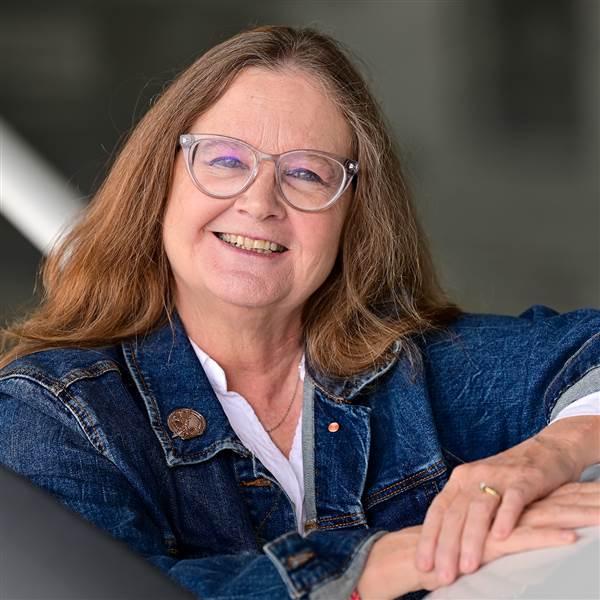The lady behind the desk at Jack Brown’s Seaplane Base didn’t look at all surprised when I wandered in, although in my slacks I suppose I was a little more formally dressed than their usual customer.
I’d found my way to Jack Brown’s by a circuitous route. Finishing up several days in Orlando, Florida, at an aviation conference, I found myself with a free afternoon. I drove a rental car first to Lakeland Linder Regional Airport for lunch, then thought I’d drop in at Winter Haven Airport on the way back to Orlando. When the sign for Brown’s appeared on Highway 92, I practically laid down a patch of rubber to make the turn into their driveway.
You see, I’ve wanted to get a seaplane rating since I first got a pilot certificate. If airplanes are cool, airplanes on floats are popsicles.
Most pilots say the seaplane rating is the most fun flying imaginable. It marries the best of flying and boating. As far as certificates and ratings go, it’s got to be one of the easiest: no knowledge test, two or three days of training (it depends on how proficient you are), take the checkride, and bang—your PPSEL becomes a PPSEL-S.
Jack Brown’s and Florida are almost synonymous with seaplane flying (sorry, Alaska and Maine). Brown’s has been around since 1963. It’s owned and operated by Jon and Chuck Brown, the sons of founder Jack Brown. Their little business has trained more than 17,000 pilots. I have numerous pilot friends who’ve gone to Jack Brown’s to get the rating. Two women in my chapter of The Ninety-Nines made it a girls’-weekend getaway.
As I pulled into the parking lot, I spotted a Maule on floats, and three people walking toward one of the Piper Cubs tied down on the shoreline. I had time to take a few cellphone photos as they untied the airplane. Two men climbed inside; the third helped to push the airplane into deeper water as they started up and taxied out on the placid lake, accompanied by a flock of ducks paddling nearby. I envied those guys so much.
Frances Brown, the lady behind the desk (Jon’s wife), gave me a tour of the school and dock, showing me a map of the chain of lakes near Winter Haven that make it such a great spot for seaplane training. We chatted about Maryland—she had recently had her first encounter with steamed blue crabs—and then she left me to poke around a bit and take more photos. On my way out I grabbed a brochure. It traveled home to Maryland with me and has sitting on my desk, silently rebuking me.
I have one precious hour of seaplane time in my logbook. In 2011 I flew a 1946 Taylorcraft with Chesapeake Seaplanes owner Stan Sweikar for an article published in AOPA Pilot—and, just as so many pilots have said, it was pure, flat-out fun.
When the time comes, I had promised myself, I’ll go back to Stan and do the full rating with him. Nothing says I have to go to Florida to get my seaplane rating. I wish I’d followed through on that promise. Stanley John Sweikar Jr. died in February. He was 76.
Stan’s death reminded me that while we often tell ourselves “someday” and “next year,” sometimes next year doesn’t come. The siren song of floatplanes is just too enticing. I want to be the one climbing into that Cub.
So I’m making another promise to myself. I will have gone to Florida by this time next year to get that seaplane rating. Join me. Let’s make 2016 our best flying year ever.



